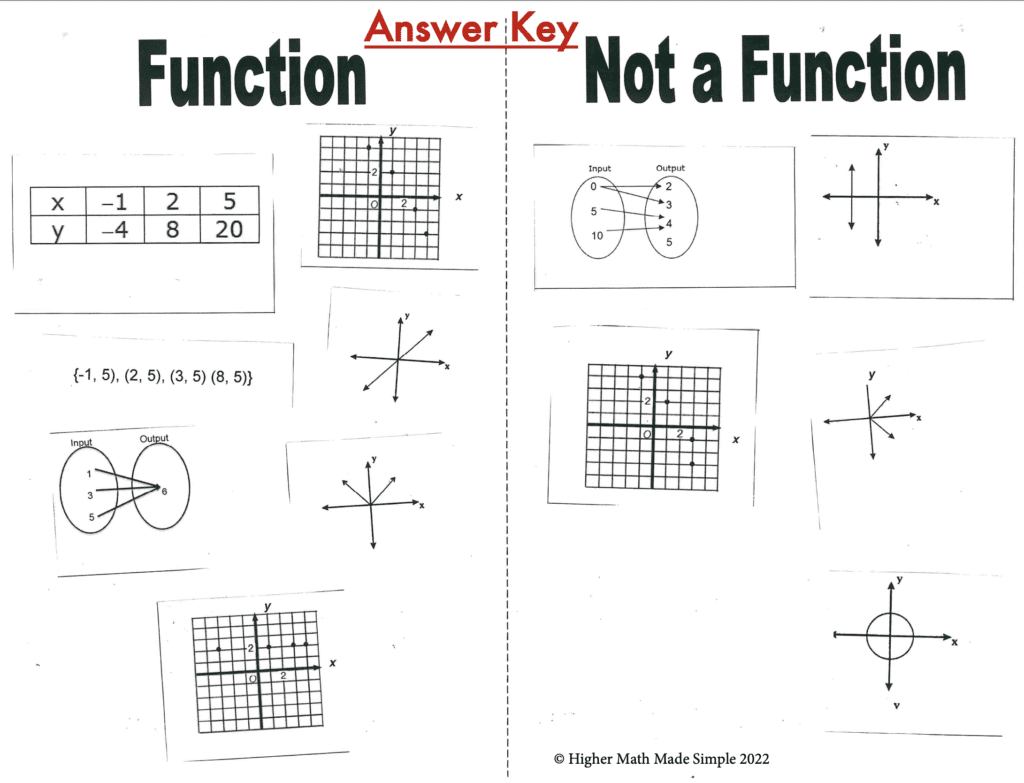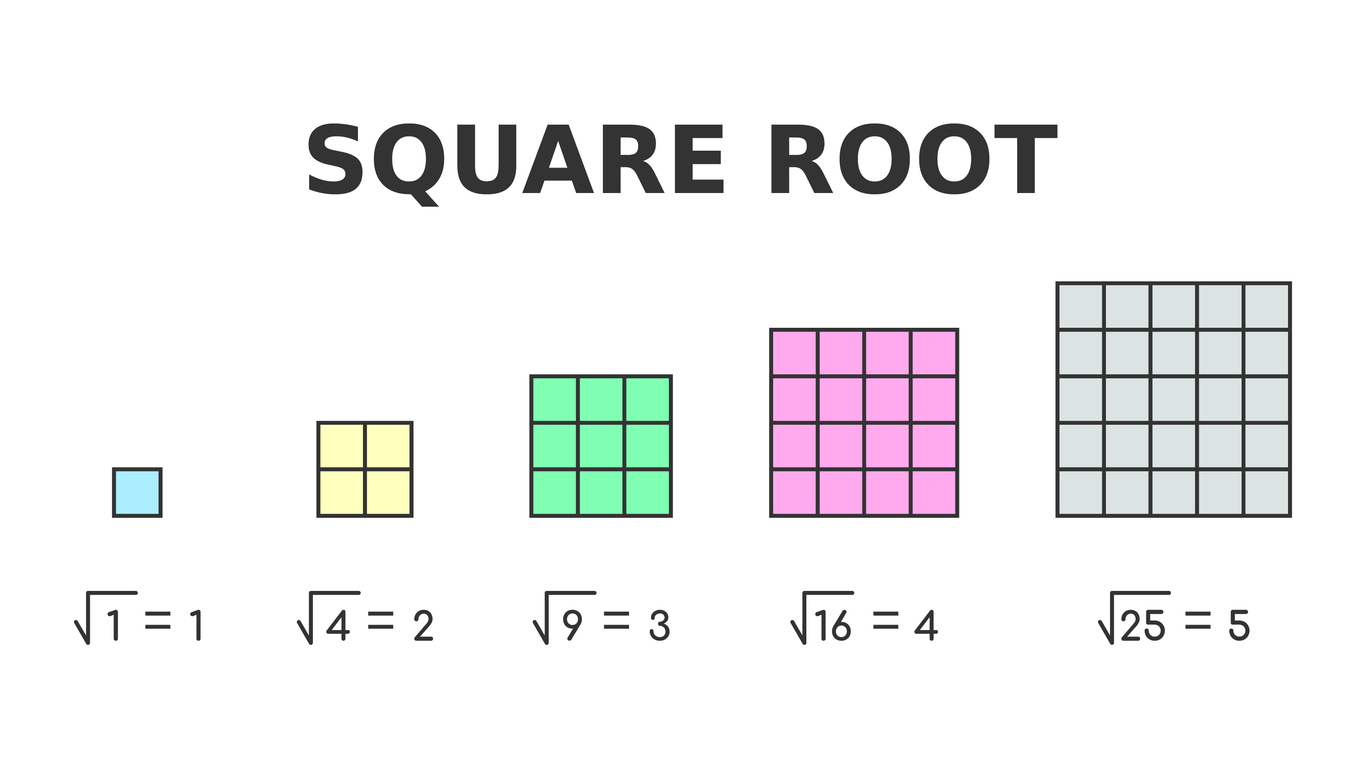Functions and Relations is a fundamental foundational concept across all high school math courses. In this blog post, we’ll go over the graphical representations in which the key players are the Vertical Line Test, Horizontal Line Test, and One-to-One functions (also known as 1-1 function). Here’s how you can effectively teach these concepts step by step.
First Things First
Did you download yet my *FREE* research-based Algebra 2 Pretest with Answers here?
Also, you can head over to my student blog if you forgot the math content on this Functions and Relations topic, where I go over the steps more in depth with examples.
Or, you can check out my YouTube video here as I visually go over examples of the Vertical & Horizontal Line tests to introduce One-to-One functions.
1. Introduction to Functions and Relations
Before anything, we need to remind students what a function even is. Just a quick recap if you forgot: A function is defined as a set in which each value in the domain corresponds to exactly one value in the range. I like to tell my students that as long as you have no repeated x-values, then you’re good! I even allow my students to write the no-repeated-x-values reason if they prefer that definition since it’s good enough for me. But to each is own!
At this point, if you’re at the graphing stage of the Functions and Relations unit, you’ve most likely already taught the official definition as well as represented a relation as a set of ordered pairs; where students were asked to identify whether it is a function or not. If you didn’t, then you can check out my introductory lesson here (along with a worksheet, activity and step-by-step answer keys). I also introduce domain, range, function notation and more! If you’re interested, here’s my answer key to my activity, where students cut/glue relations on either the “function” or “not a function” side.

Anyway back to the graphing lesson, it would certainly be a great idea to remind students the definition and then to plot some points that are in the relation, like for a parabola for example. That’s where students can make the connection that instead of scanning all the ordered pairs for repeated x-values (which would take a lifetime because of infinite points), there is a shortcut method.
Enter: the Vertical Line Test.
2. Explaining the Vertical Line Test
The Vertical Line Test is a crucial tool to determine if a graph represents a function or not.
- Definition and Purpose: Define the Vertical Line Test as a method to check if any vertical line intersects a graph at more than one point, indicating that the relation is not a function. All they have to do is remember what a vertical line even is, otherwise they’re good! (I say this because many students of mine confuse it with a horizontal line 😂)
- Visual Examples: Use graphs to demonstrate both functions that pass and fail the Vertical Line Test. Encourage students to apply the test themselves to reinforce understanding.
3. Understanding the Horizontal Line Test
The Horizontal Line Test assesses whether the inverse of the relation is a function. I mean, students technically can first graph the inverse (swapping x and y values in each coordinate), and then check if it passes the vertical line test… but … who wants to do all that work?
Explain that the Horizontal Line Test is similar to the Vertical Line Test in that if the horizontal line hits the graph only in one spot in every location, then it’s a function.
Of course, you’ll want to go over examples where they pass or fail the test. This would be a great time to let students work in pairs or groups, if you haven’t done so already.
4. Exploring One-to-One Functions
One-to-One functions play a significant role in function theory and applications.
Definition: Define One-to-One functions as those where each element of the domain maps to a unique element in the range, with no two different elements mapping to the same element.
Okay … maybe not that advanced definition since you’ll lose them at the word “element” 😂
So pretty much, a 1-1 Function is a special relation that passes both the vertical and horizontal tests.
5. Teaching Strategies and Exercises for Functions and Relations Unit
Effective teaching strategies of course ensure comprehension and engagement.
- Interactive Activities: Engage students with interactive exercises where they apply the Vertical and Horizontal Line Tests to graphs provided. If you used my function activity, you can now just take those same examples and ask students to identify which ones are 1-1 functions.
- Real-World Examples: Discuss real-world scenarios where understanding these concepts is crucial, such as in data analysis or optimization problems. I do know that it can be used, for example, to predict tree growth and calculating how much profit can be earned from sales.
6. Assessment and Feedback
As always you know the drill! Assess student understanding and provide constructive feedback.
- Formative Assessment: Use quizzes or problem-solving tasks to evaluate comprehension throughout the learning process.
- Feedback Loop: Offer feedback to address misconceptions and reinforce key concepts related to the Vertical Line Test, Horizontal Line Test, and One-to-One functions.







